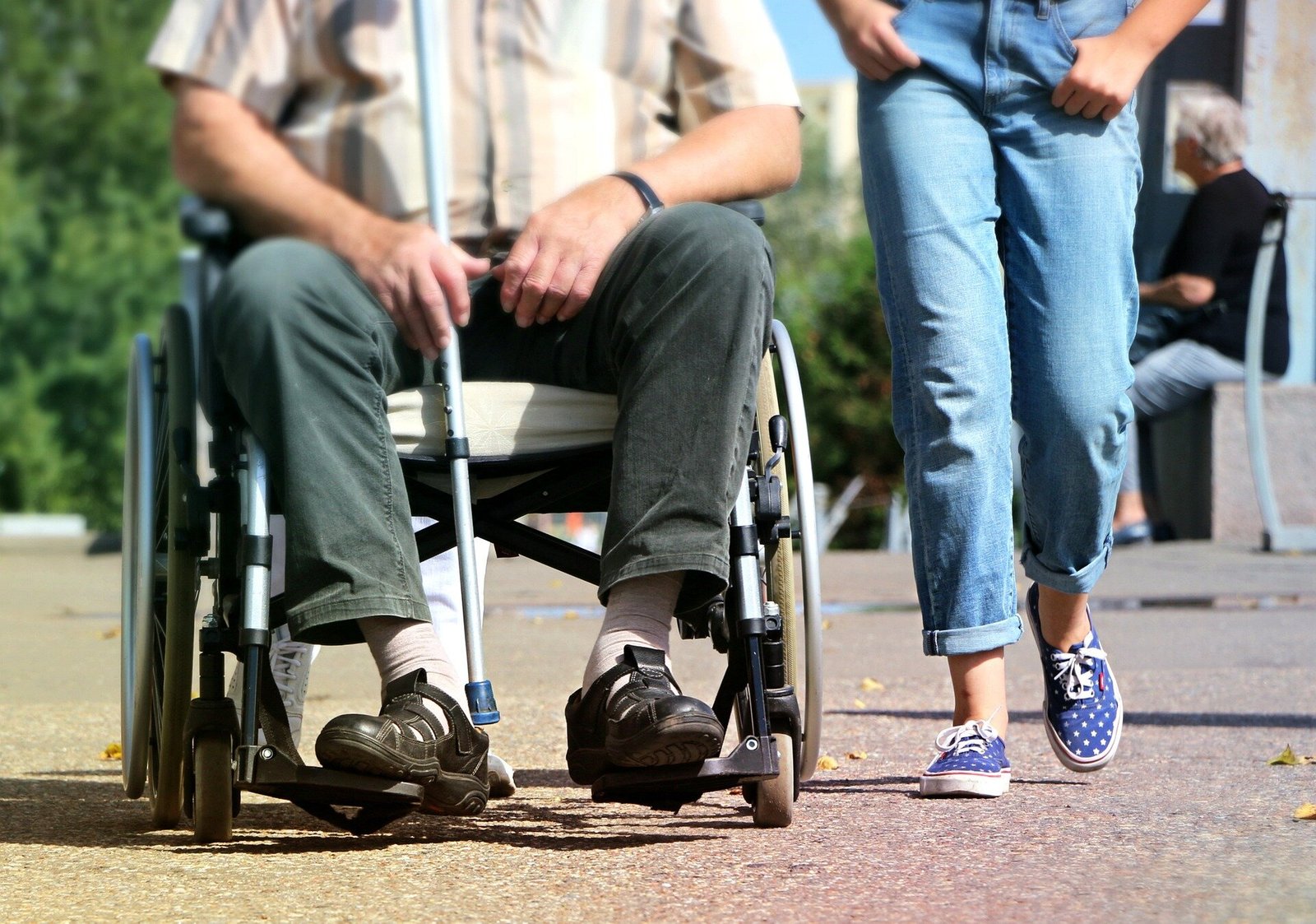
Osteoporotic vertebral fractures, also known as spinal compression fractures, are the most common types of fragility fractures in older adults. Typically, initial treatments for such fractures involve conservative therapy such as bed rest and rehabilitation with braces without surgery.
These treatments aim to help patients maintain independence in daily living. It is observed that the patients’ ability to walk often deteriorates after such fractures, necessitating assistance or a wheelchair. While certain associated risk factors have been identified, the differential impacts of various conservative treatments on ambulation status remain underexplored.
To address this, a research group at the University of Tsukuba performed a post-hoc analysis of a prospective cohort study that assessed the effectiveness of conservative treatment, which involved a two-week non-weight-bearing period (bed rest) for acute osteoporotic vertebral fractures.
Using multivariable analysis, the researchers identified various risk factors associated with deteriorated ambulation status and daily living independence following fractures.
The results, appearing in Asian Spine Journal, reveal that during the conservative therapy in which patients were encouraged to begin ambulation without bed rest, the risk factor responsible for deteriorated ambulation status was high vertebral instability.
This instability was quantified as the difference in the collapse degrees of fractured vertebrae, as apparent in X-ray images, between the standing or sitting and supine positions.
Conversely, during the conservative treatment that involved an initial two-week non-weight-bearing period, diffuse low-signal changes in T2-weighted MRI observations were identified as risk factors. These changes were apparent as black regions in the vertebral body, which is normally white.
Notably, this is the first study to demonstrate that different conservative treatments for osteoporotic vertebral fractures are associated with distinct risk factors for declined ambulation status.
Although various conservative treatments for osteoporotic vertebral fractures are already available, the findings of this study could to help predict whether a patient’s ability to walk will be affected by these conservative treatments.
More information:
Toru Funayama et al, Exploring factors affecting activities of daily living in patients with osteoporotic vertebral fractures managed conservatively: a post-hoc analysis of a prospective cohort study, Asian Spine Journal (2024). DOI: 10.31616/asj.2024.0091
Citation:
Exploring risk factors associated with deteriorated ambulation status following spinal compression fracture treatments (2024, August 28)
retrieved 28 August 2024
from https://medicalxpress.com/news/2024-08-exploring-factors-deteriorated-ambulation-status.html
This document is subject to copyright. Apart from any fair dealing for the purpose of private study or research, no
part may be reproduced without the written permission. The content is provided for information purposes only.







